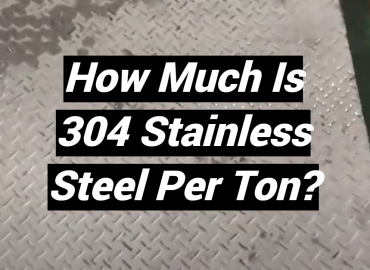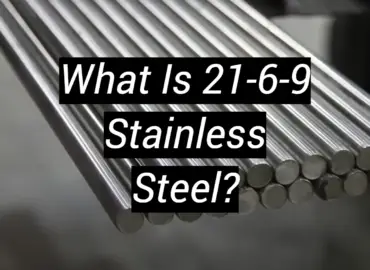Do you need to cut stainless steel? Whether you’re a professional or hobbyist, there are times when you’ll need to cut this durable material. But how do you go about it? It’s not as easy as using a hacksaw on regular steel – there are some specific techniques that you’ll need to know. In this blog post, we’ll walk you through the process step-by-step. We’ll also provide some tips and tricks that will make the process easier for you. Let’s get started!
What Is Stainless Steel?
Stainless steel is a type of metal that contains chromium. This makes it resistant to staining and corrosion. It is also a very strong and durable metal, which is why it is often used in construction and manufacturing.
Despite its name, stainless steel can actually stain and corrode under certain conditions. In order to prevent this, you need to know how to properly cut stainless steel.[1]
Types of Stainless Steel
There are a few different types of stainless steel out there. The two most common grades are 304 and 316.
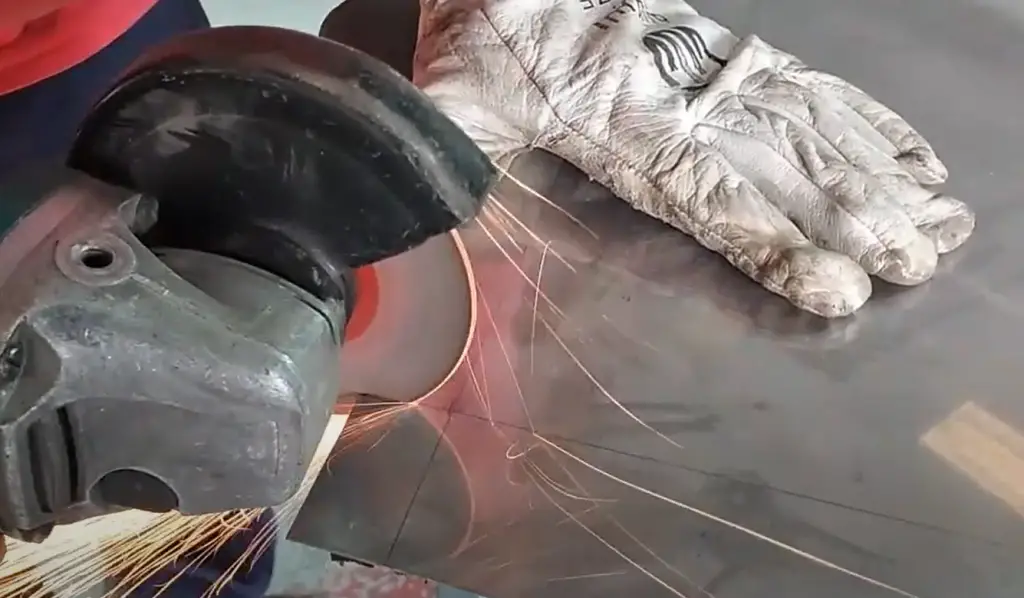
304 is the most commonly used stainless steel, and is used in everyday items like pots and pans, sinks, and kitchen appliances. It is also found in automotive parts and construction materials.
It can also be found in medical implants and industrial equipment. [2]Types of Stainless Steel Cutting Blades
There are three types of cutting blades that can be used to cut stainless steel:
- Carbide-tipped blade: A carbide-tipped blade is the best option for cutting stainless steel. This type of blade is designed to withstand the high temperatures that are generated when cutting through metal.
- High-speed steel (HSS) blade: An HSS blade can also be used to cut stainless steel, but it will not last as long as a carbide-tipped blade. [3]
- Diamond blade: A diamond blade can be used to cut stainless steel, but it is the most expensive option and is typically only used by professionals.
How to Cut Stainless Steel Properly?
Step I: Preparing Your Workspace
Assuming you have all the necessary tools, the first step is to prep your workspace. This means making sure the area is clean and free of any debris that could potentially damage your stainless steel.
Step II: Measuring and Marking Your Steel
Once your workspace is ready, you can begin measuring and marking your steel. It’s important to be as accurate as possible when doing this, as even a small mistake can ruin the entire piece.
Step III: Setting Up Your Cutting Tool
Now it’s time to set up your cutting tool.

If you’re using a power saw, make sure the blade is sharp and properly installed. If you’re using a hand held cutter, such as a hacksaw, be sure the blade is tight and correctly positioned.
Step IV: Cutting the Stainless Steel
Now you’re ready to begin cutting.
If you’re using a hand held cutter, make sure your cuts are even and consistent.Using Tin Snips
Tin snips are a great way to cut thin pieces of stainless steel, such as those used in jewelry making. To use tin snips, start by measuring and marking your steel. Then, position the blade of the tin snips at the top of the mark and squeeze the handles together to cut through the steel. [4]
Using Power Shears
If you need to cut a stainless steel sheet or plate, you’ll want to use power shears. These specialized tools look like a pair of scissors, but they’re much larger and more powerful. They’re also designed specifically for cutting stainless steel, so they’ll give you the best possible results. To use power shears:
- Mark the cutting line on the stainless steel sheet or plate with a pencil.
- Place the power shears on the marked line and squeeze the handles together to start cutting.
- Keep squeezing the handles until the blade has cut through the entire piece of stainless steel.
Using a Circular Saw
If you’re working with a larger piece of stainless steel, or if you need a straight cut, then you’ll want to use a circular saw.
First, mark your cut line with a pencil or chalk. Then, clamp the stainless steel down to your work surface. Make sure that the clamps are tight so that the stainless steel doesn’t move while you’re cutting it.
Now, set your circular saw to the correct blade speed and depth. When cutting stainless steel, you should always use a blade that is specifically designed for cutting metal. These blades have carbide or diamond teeth that are designed to handle the tough material. Be sure to set the blade depth so that it’s just barely touching the stainless steel; if the blade is set too deep, it will cause the saw to bind.
Finally, make your cut, following the marked line. Once you’re finished, unclamp the stainless steel and remove the cutoff piece.
Using an Angle Grinder
If you’re looking for a quick and easy way to cut stainless steel, then using an angle grinder is the perfect solution. This method is powerful enough to easily cut through thick sheets of stainless steel, yet it’s still relatively safe and easy to control. Plus, angle grinders can be quite inexpensive, making them a great option for those on a budget.
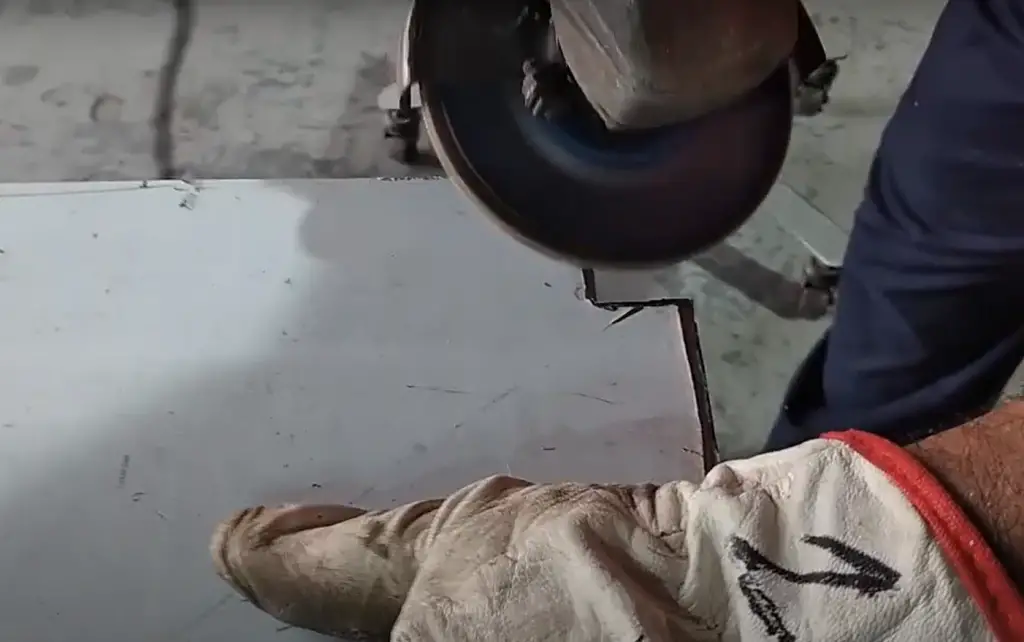
Here’s what you’ll need to get started:
- An angle grinder
- A cutting disc (make sure it’s rated for use with stainless steel)
- Eye protection
- Gloves (optional but recommended)
Now let’s get started!
- Start by putting on your eye protection. Angle grinders can throw off sparks and debris, so it’s important to protect your eyes.
- Next, determine where you need to make your cut. Mark this area with a piece of tape or a pencil so you have a clear starting and stopping point.
- Now it’s time to start the angle grinder. Hold it with both hands and position the cutting disc at the marked area. Apply gentle pressure as you start to cut through the stainless steel.
- Once the disc is fully engaged, you can increase the pressure slightly if needed. Cut through the stainless steel until you reach your stopping point.
- Finally, turn off the angle grinder and let it cool down before removing the cutting disc. You’re now ready to start using your angle grinder like a pro!
Using a Plasma Cutter
If you’re looking to make clean, precise cuts in stainless steel, then you’ll want to invest in a quality plasma cutter. Plasma cutters work by using an electrical arc to superheat a stream of gas, which then melts through the stainless steel. While plasma cutters are more expensive than some of the other methods on this list, they’re definitely worth the investment if you’re going to be doing a lot of stainless steel cutting. Plus, they’re much easier and quicker to use than oxy-fuel torches.
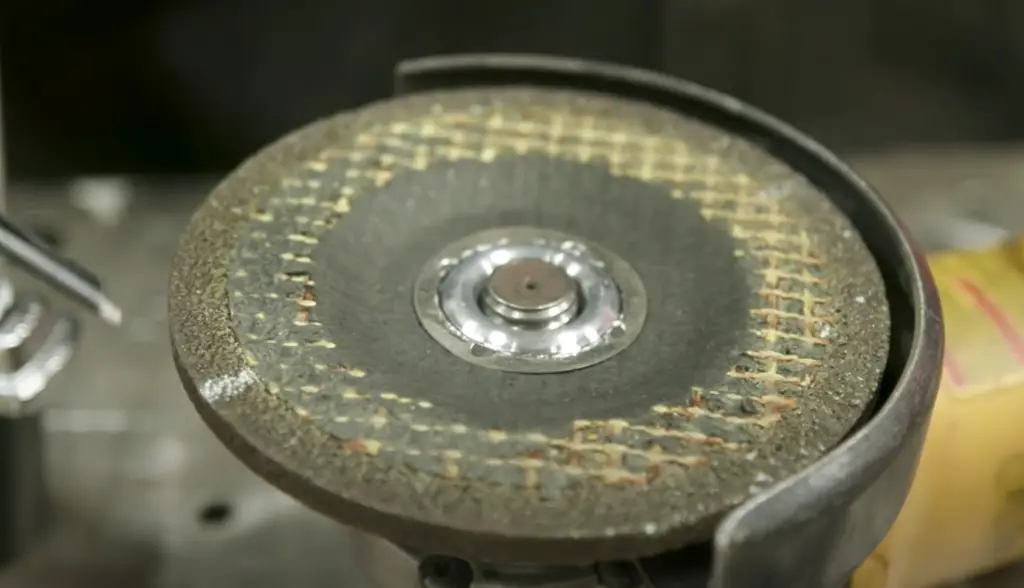
Here’s a quick overview of how to use a plasma cutter:
- Set up your plasma cutter according to the manufacturer’s instructions. This usually involves attaching an air compressor hose and an electrical power cord.
- Put on all the safety gear, including gloves, a welding mask, and ear protection.
- Mark out the cut line with a piece of chalk or tape.
- Turn on the plasma cutter and squeeze the trigger to start the arc.
- Guide the arc along the cut line. The speed of the arc will determine how thick of a steel plate you can cut through – slower for thicker plate, faster for thinner plate.
- When you’re finished cutting, release the trigger and turn off the machine.
- Use a brush or grinder to remove any slag that’s built up on the cut edge.
Step IV: Clean Up Your Edge
No matter which method you use to cut stainless steel, you’re going to end up with a slightly rough edge. In most cases, this is nothing to worry about – the edge can be cleaned up with a wire brush or grinder. However, if you’re looking for a super-smooth edge, you’ll need to do some additional sanding.
How to Store Stainless Steel Items?
- When it comes to storing your stainless steel items, there are a few things you need to keep in mind.
- First, you need to make sure that the area where you’re storing them is clean and dry. If possible, try to store them in a cool, dark place.
- Second, you need to make sure that they’re not going to be exposed to any kind of moisture or humidity.
- Third, you should always wrap them in a soft cloth before putting them away. This will help protect them from scratches and other damage.
- Finally, if you’re going to be stacking anything on top of your stainless steel items, make sure that the items are well-secured so they don’t topple over and damage anything beneath them. [5]
How to Clean Stainless Steel?
Cleaning stainless steel can be a bit tricky because it is prone to smudging. Here are a few tips on how to clean stainless steel appliances and keep them looking their best:
- Wipe the surface with a damp cloth to remove any dust or debris.
- Use a mild soap or detergent if necessary, then rinse with clean water.
- Dry the surface with a soft cloth to prevent water spots.
- If there are stubborn stains, use a commercial cleaning product designed for stainless steel. Follow the manufacturer’s instructions carefully.
- Polish the surface with a soft, dry cloth to give it a shine.
How to Remove Rust from Stainless Steel?
Removing rust from stainless steel can be a difficult and time-consuming task. However, with the right tools and techniques, it is possible to remove rust from your stainless steel surfaces quickly and easily.
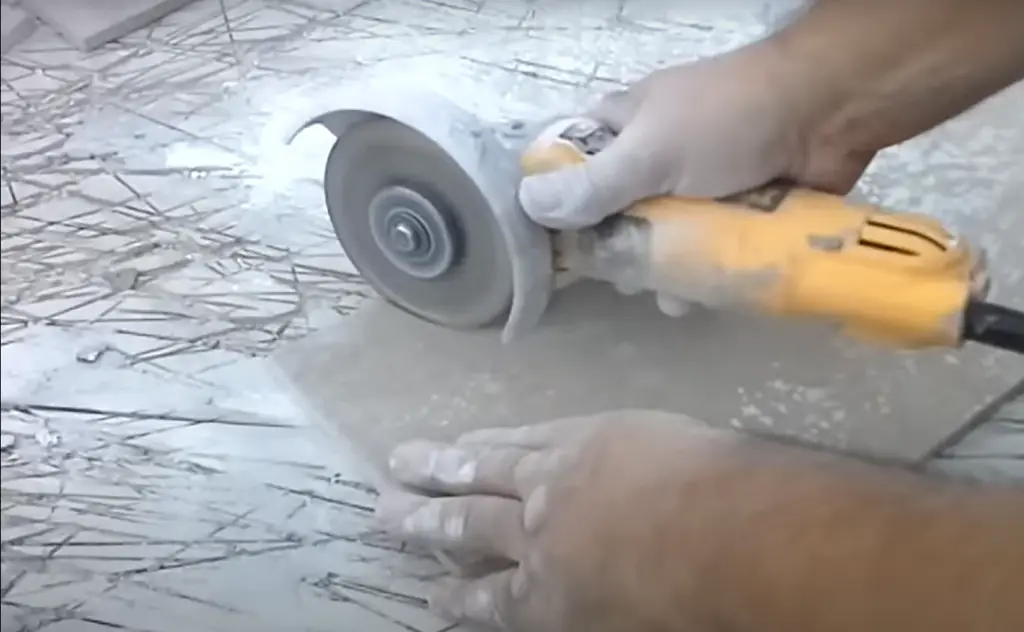
The first step in removing rust is to identify the type of stainless steel that you are working with.
Each type of stainless steel has its own unique properties that can affect the best way to remove rust.Once you have identified the type of stainless steel, you will need to gather the proper tools and materials. For austenitic stainless steel, you will need a wire brush, white vinegar, and a clean cloth. For ferritic stainless steel, you will need a wire brush, white vinegar, and a mild abrasive cleaner. For martensitic stainless steel, you will need a wire brush, white vinegar, and a stronger abrasive cleaner.
Once you have gathered the necessary tools and materials, you can begin removing rust from your stainless steel surfaces. Begin by using the wire brush to remove any loose rust particles. Next, soak a clean cloth in white vinegar and use it to wipe down the surface of the stainless steel. The acid in the vinegar will help to break down the rust.
For tougher rust stains, you may need to use an abrasive cleaner. Begin by wetting the surface of the stainless steel with water. Next, apply the abrasive cleaner to a clean cloth and use it to scrub the rust stain. Rinse the surface with water and dry it with a clean cloth.
With the proper tools and techniques, you can easily remove rust from your stainless steel surfaces. Be sure to follow the care instructions for your specific type of stainless steel to keep your surfaces looking like new. [6]
FAQ
What can you use to cut stainless steel?
In terms of cutting stainless steel, there are a few different tools that you can use. saws, abrasive cutoff wheels, oxy-fuel and plasma torches, and laser cutters.
How do you cut thick stainless steel?
When it comes to cutting thick stainless steel, you will want to use a tool that can provide strong and powerful cuts such as an oxy-fuel torch or a plasma cutter.
How can I cut stainless steel without damaging it?
Stainless steel is a popular material used in a wide range of applications, from appliances to automotive parts. Because it is durable and corrosion-resistant, however, cutting stainless steel can be tricky. If you’re working with thin sheets of stainless steel, the best way to cut it is with a power shear or circular saw. For thicker pieces, you may need to use a plasma cutter or an oxy-acetylene torch. If you have access to a water jet cutter, that will also work. Here are some tips on how to cut stainless steel:
- Use sharp blades or bits when cutting stainless steel. dull tools can cause the material to tear or crack.
- When using power tools, go slowly at first to avoid stripping or breaking the material.
- If you’re using an oxy-acetylene torch, be careful not to overheat the steel, as this can cause warping.
- When cutting stainless steel with a water jet cutter, use a lower pressure setting and make sure the stream of water is aimed perpendicular to the material.

With these tips in mind, you should be able to cut stainless steel like a pro!
Can you cut stainless steel by hand?
The short answer is yes, you can cut stainless steel by hand. However, it will be very difficult and time-consuming to do so. The best way to cut stainless steel is with a power tool, such as a: jigsaw, circular saw, or metal shears. If you need to cut stainless steel that is thicker than 3/8 inch, you will need to use a power tool.
How do you cut stainless steel without leaving marks?
There are a few ways that you can cut stainless steel without leaving marks. One way is to use a carbide-tipped blade on your power tool. Another way is to use a non-ferrous metal cutting blade. Finally, you can use a sanding disc on your power tool to remove any marks that you may have left behind.
Can I use a hacksaw to cut stainless steel?
If you’re planning on using a hacksaw to cut your stainless steel, we have some bad news for you – it’s not going to work. Hacksaws are designed for cutting through softer materials like wood or plastic, and their teeth simply aren’t up to the task of cutting through stainless steel.
What blade will cut through stainless steel?
If you’re going to use a power tool to cut your stainless steel, you’ll need to get a blade that’s specifically designed for cutting metal. A carbide-tipped blade will work best, but you can also use a diamond blade if you’re planning on doing a lot of cutting.
How do I make sure my cuts are straight?
When you’re cutting stainless steel, it’s important to make sure that your cuts are as straight as possible. Otherwise, your finished project may not look as clean and professional as you’d like.One way to ensure straight cuts is to use a miter saw or chop saw with a carbide-tipped blade. If you don’t have access to one of these tools, you can also use a handheld power saw with a metal-cutting blade. Just be sure to go slowly and follow your cutting lines as closely as possible.
Is there anything I should avoid when cutting stainless steel?
There are a few things you’ll want to avoid when cutting stainless steel. First, be sure to wear gloves and eye protection – the metal chips produced during cutting can be sharp and dangerous. Second, don’t try to cut through too much material at once – multiple passes will give you a cleaner cut and help to prolong the life of your blade. Finally, make sure to clean up any metal shavings that are produced during cutting – inhaling them can be harmful to your health.
Is stainless steel harder to cut than steel?
Yes, stainless steel is more difficult to cut than regular carbon steel. This is because stainless steel is more resistant to heat and wear, meaning that the blades of your power tools will dull more quickly when cutting through it. For this reason, it’s important to use a blade that’s specifically designed for cutting metal, and to take care not to overwork your tools while cutting.
What are some tips for making clean cuts in stainless steel?
There are a few things you can do to help ensure clean cuts when cutting stainless steel. First, be sure to use a sharp, carbide-tipped blade – dull blades will produce jagged edges. Second, go slowly and steady – rushing your cuts will increase the likelihood of mistakes. Finally, make multiple passes if necessary – it’s better to take your time and make a few cuts than to try to force your way through the material in one go.
Does carbide cut stainless steel?
Carbide is a very hard material that can be used for cutting through a variety of materials, including stainless steel. However, because it is so hard, it can also be difficult to work with – carbide blades are more likely to break or chip than other types of blades. For this reason, it’s important to use a carbide-tipped blade only if you’re experienced with using power tools and cutting through metal.
What are the different types of stainless steel?
There are three main types of stainless steel – austenitic, ferritic, and martensitic. Austenitic stainless steel is the most common type – it contains chromium and nickel (which give it its corrosion-resistant properties) as well as molybdenum (which helps to prevent pitting). Ferritic stainless steel contains less chromium than austenitic stainless steel, but it is still resistant to corrosion. Martensitic stainless steel is the hardest type of stainless steel – it contains less chromium and nickel than the other two types, but it is also the most difficult to work with.
Useful Video:How to cut stainless steel sheet metal with angle grinder
Conclusion
So, now that you know how to cut stainless steel like a pro, what are you waiting for? Get out there and start cutting! Remember to use the proper safety gear, take your time, and make sure to use the right tools for the job. With a little practice, you’ll be an expert at cutting stainless steel in no time.
References:
- https://www.thyssenkrupp-materials.co.uk/stainless-steel-composition.html
- https://www.tfgusa.com/types-of-stainless-steel/
- https://home.howstuffworks.com/what-type-of-circular-saw-blade-do-i-need-to-cut-metal.htm
- https://www.wikihow.com/Cut-Stainless-Steel
- https://www.permanentsteel.com/newsshow/how-to-store-stainless-steel-pipe.html
- https://home.howstuffworks.com/home-improvement/household-hints-tips/cleaning-organizing/how-to-get-rust-off-stainless-steel.htm





